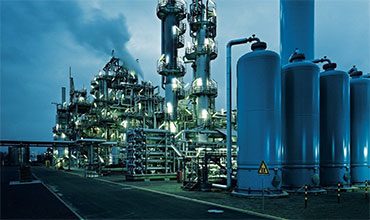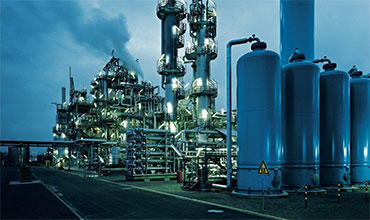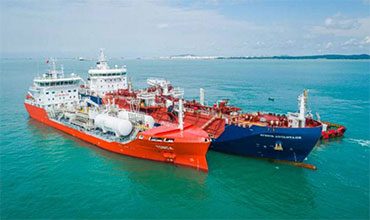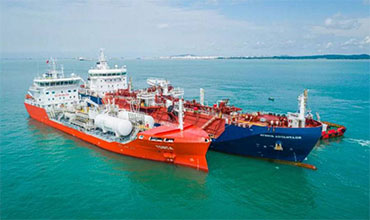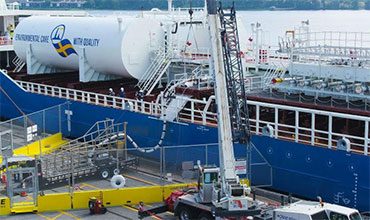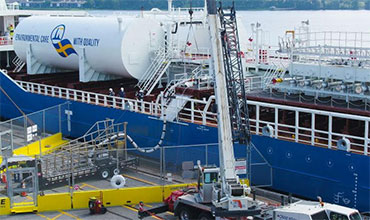LNG Bunkering Operations
LNG bunkering operations, essential for refueling ships with Liquefied Natural Gas (LNG), play a pivotal role in the maritime industry’s shift towards cleaner energy sources. These actions involve transferring Liquefied Natural Gas from storage facilities to a vessel’s fuel tanks, a process that requires meticulous planning and stringent protection agreements to mitigate inherent risks.
Safety Protocols and Procedures
The success of Liquefied Natural Gas bunkering actions hinges on the implementation of comprehensive security engagements and procedures. These include pre-bunkering safety checks, real-time monitoring during the transfer process and post-bunkering inspections to ensure system integrity. Personnel involved in LNG vaulting must undergo rigorous training in handling cryogenic materials, recognizing hazards and executing emergency response procedures.
Technological Requirement
Advanced technology is integral to Liquefied Natural Gas bunkering operations. Specialized containment systems, such as double-walled insulated tanks, are used to store and transfer LNG at cryogenic temperatures (-162 °C). Additionally, the use of sophisticated gasoline detection systems, pressure relief valves, and emergency shutdown mechanisms ensures operational protection and quick response to any incidents.
Environmental Considerations
Liquefied Natural Gas bunkering offers significant ecological benefits compared to traditional marine fuels. LNG combustion produces lower emissions of sulfur oxides (SOx), nitrogen oxides (NOx) and particulate matter, contributing to improved air quality and reduced greenhouse gas emissions. However, the potential environmental impact of accidental spills or leaks necessitates robust containment and recovery plans.
Regulatory Framework
Liquefied Natural Gas vaulting operations are governed by a comprehensive regulatory framework established by organizations such as the International Maritime Organization (IMO). The International Gas Carrier (IGC) Code sets stringent standards for the design, construction and working of gasoline carriers, ensuring consistent security and recyclable protection globally. Compliance with these regulations is mandatory, reinforcing the production’s commitment to safe and sustainable practices.
Operational Challenges
Despite the advantages, LNG bunkering functioning face several challenges. These include the high cost of infrastructure development, the need for extensive training programs and the complexity of coordinating with multiple stakeholders, including port authorities, ship operators, and regulatory bodies. Addressing these challenges requires continued investment in technology, training and regulatory compliance.
Liquefied Natural Gas vaulting operations are a critical component of the seafaring manufacturing’s efforts to reduce its ecological footprint. Through stringent security settlements, advanced technological solutions and adherence to regulatory standards, these operations can be conducted safely and efficiently. As the fabrication continues to evolve, LNG bunkering will play an increasingly vital role in achieving sustainable marine practices, contributing to a cleaner and more efficient global shipping network.

